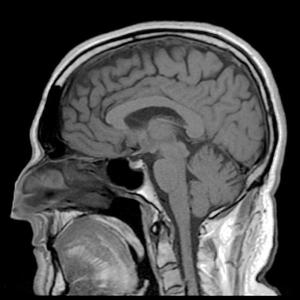 Few actions feel better than crossing something off a list, putting a task to rest, or finishing up an arduous project. Accomplishment induces satisfaction. Now new research is showing that setting higher goals leads to more happiness when they’re reached.
Few actions feel better than crossing something off a list, putting a task to rest, or finishing up an arduous project. Accomplishment induces satisfaction. Now new research is showing that setting higher goals leads to more happiness when they’re reached.
This may seem like cheesy advice, but the original point of the paper was to measure whether setting lower expectations in life helped increase happiness. The idea being, if you set yourself up for more success, because the goals are more attainable, would you attain better happiness.
In one experiment in the paper, on a scale of 6 to 20 percent, participants were asked to predict what kind of return a fictional stock portfolio would have if they were to manage it. Each participant set their “goal” and later, after some exercise, was told how the portfolio performed.
Presumably, the level of satisfaction of achieving a set goal should be roughly the same, if the subject is unaware of what other subjects were predicting for themselves. But this was not the case. Those that set higher goals, and attained them described a significantly greater level of satisfaction than those who did set lower ones.
“The moral of the story is don’t sell yourself short,” Cecile K. Cho, a University of California, Riverside assistant marketing professor said. “Aim high.”
Cho has written and plans to write several further papers on how happiness and goals are interrelated.


